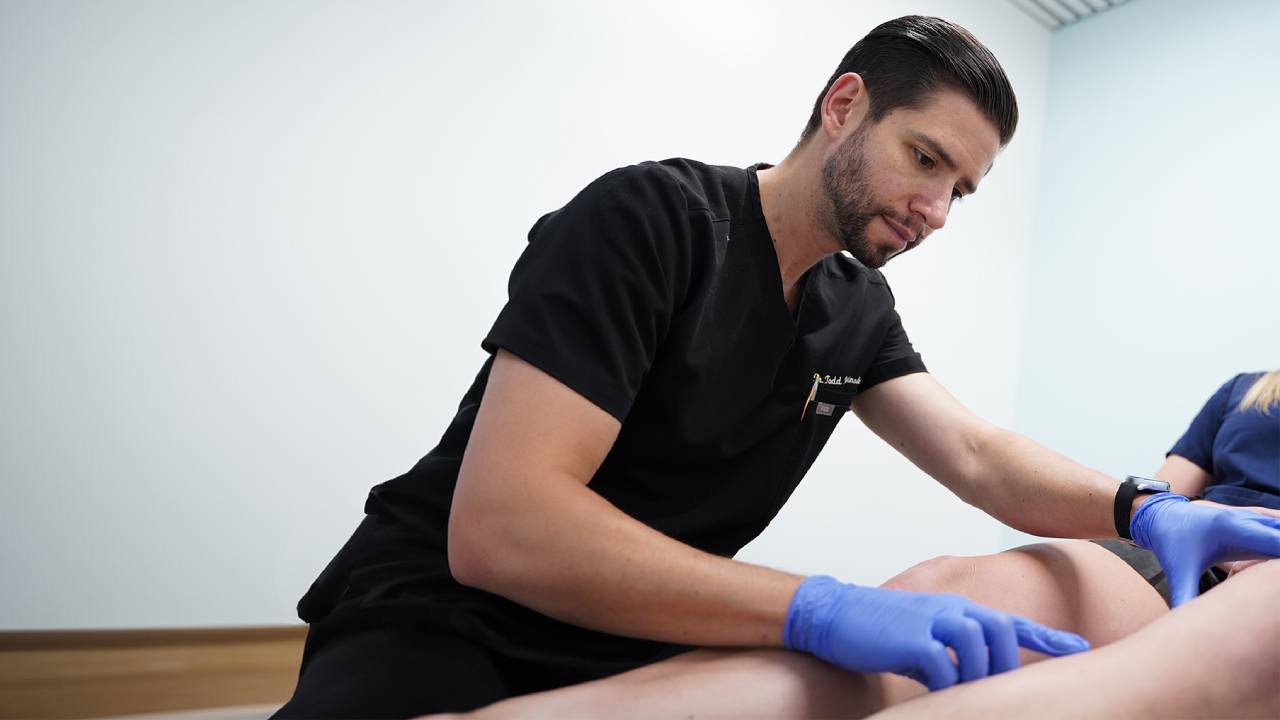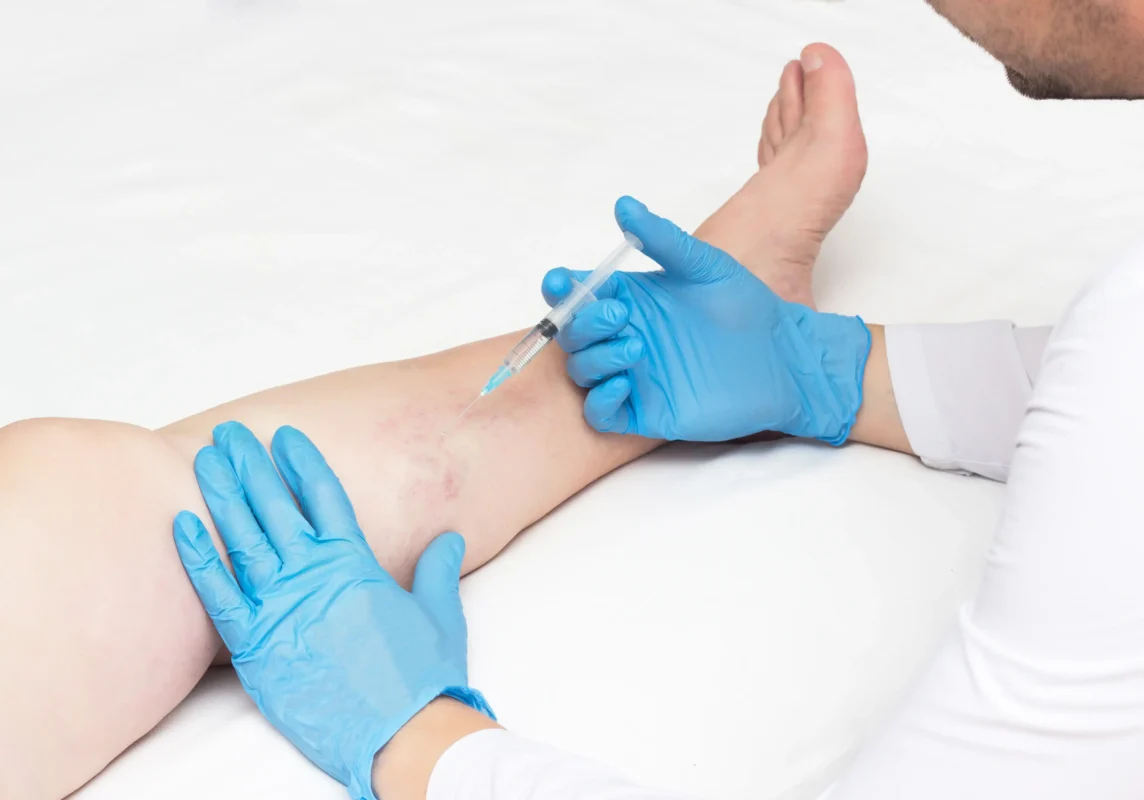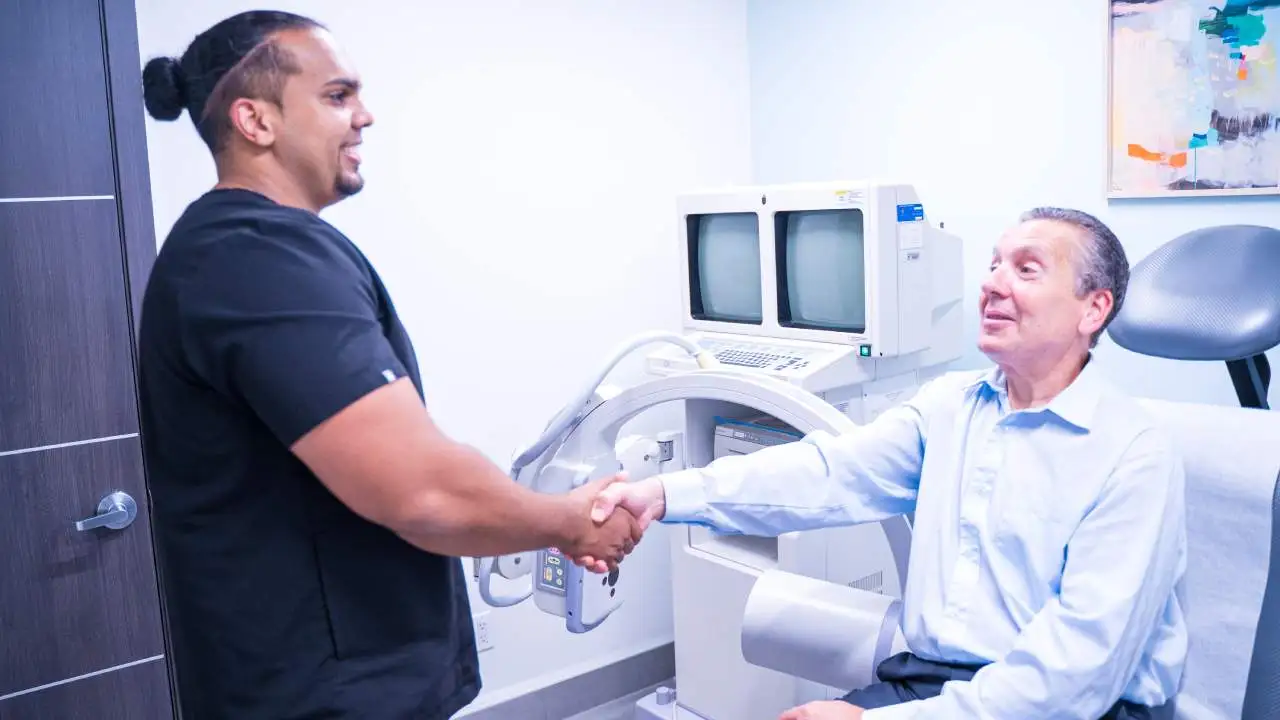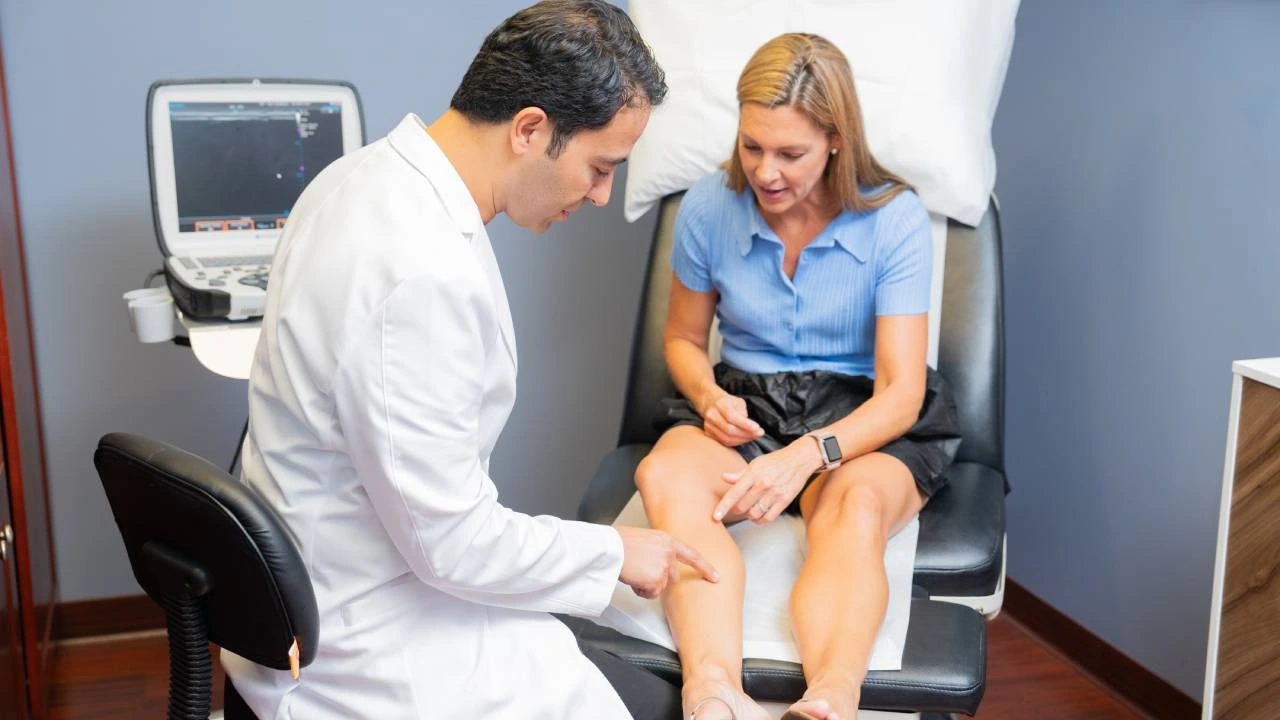As you age, you may start noticing changes in your legs—bulging, rope-like veins, discomfort, or heaviness that wasn’t there before. After a day of activity, your legs might feel unusually tired and painful, making it harder to enjoy your usual routines.
What you’re experiencing could be the early signs of varicose veins, which won’t disappear on their own. If you’re wondering how to remove varicose veins, the best step is to consult with an experienced vein specialist at a Vein Treatment Clinic near you.
Understanding Varicose Veins
Varicose veins occur when the valves in your veins weaken, preventing proper blood flow back to the heart. Instead of moving upward, blood pools inside the vein, causing it to enlarge and become twisted beneath the skin.
Common Causes of Varicose Veins:
- Age – Vein valves weaken over time.
- Hormonal Changes – Pregnancy, menopause, or birth control pills can contribute.
- Genetics – A family history of varicose veins increases your risk.
- Prolonged Sitting or Standing – Occupations that require long periods of inactivity affect circulation.
- Obesity – Excess weight puts additional pressure on veins.
This condition, known as venous insufficiency, is progressive and requires evaluation by a vein doctor to determine the best treatment plan.
How to Remove Varicose Veins – Best Treatment Options
If you’re hesitant about treatment because you fear painful procedures, rest assured—modern varicose vein removal techniques are minimally invasive and highly effective. Unlike older surgical methods, today’s procedures require no hospitalization, minimal downtime, and provide fast relief.
1. Sclerotherapy
- Best for: Spider veins and small varicose veins.
- Procedure: A specialized solution, called a sclerosant, is injected into the affected vein. This irritates the vein walls, causing them to collapse and eventually fade.
- Results: The body absorbs the treated vein, redirecting blood flow to healthier veins.
2. Radiofrequency Ablation (RFA)
- Best for: Larger varicose veins.
- Procedure: A thin catheter is inserted into the vein, delivering heat-based energy to close the vein permanently.
- Results: Blood reroutes through healthier veins, and symptoms improve rapidly.
3. VenaSeal
- Best for: Superficial varicose veins.
- Procedure: A medical adhesive is injected into the vein, sealing it shut.
- Results: The vein closes immediately, and blood flow redirects without requiring compression stockings.
All of these non-surgical treatments are performed in the office and typically take less than an hour. Patients can return to daily activities almost immediately with minimal discomfort.
Why Removing Varicose Veins Is Important
While some people seek varicose vein treatment for cosmetic reasons, the reality is that untreated veins signal underlying vein disease. Symptoms may worsen over time, leading to:
- Leg heaviness, swelling, and fatigue
- Persistent discomfort, cramping, and itching
- Increased risk of skin discoloration and ulcers
- Higher likelihood of blood clot formation (deep vein thrombosis – DVT)
Venous insufficiency can only be diagnosed by a vein specialist, who will create a personalized treatment plan to improve circulation and prevent future complications.
Take the Next Step
If varicose veins impact your daily life, don’t wait for symptoms to worsen. Early treatment ensures faster relief and prevents complications.
Vein Treatment Clinic’s board-certified vein specialists use the latest minimally invasive techniques to help you regain healthy, pain-free legs. We also provide insurance verification assistance to help maximize coverage for your treatment.









